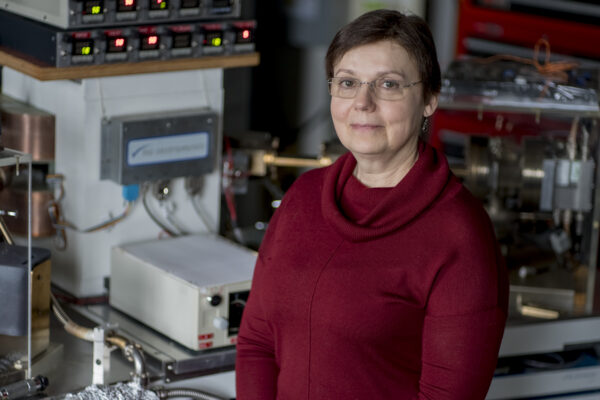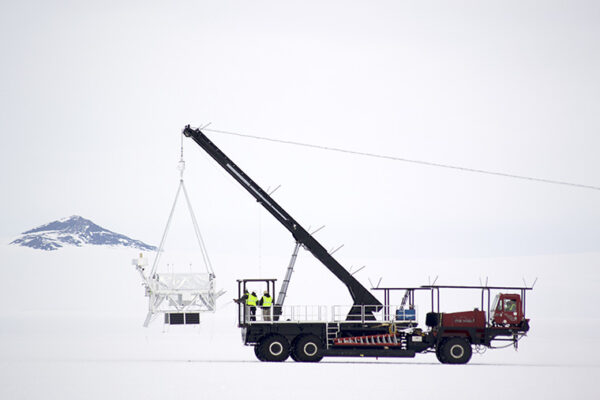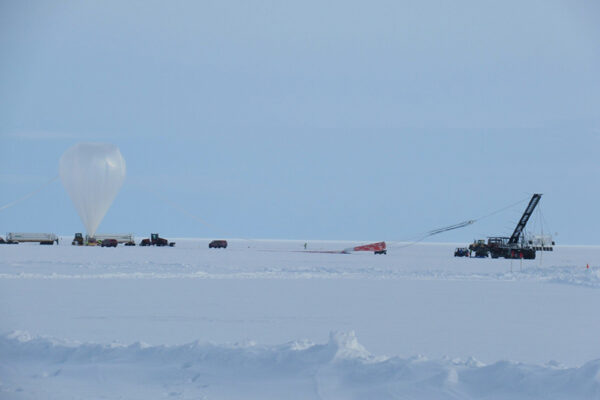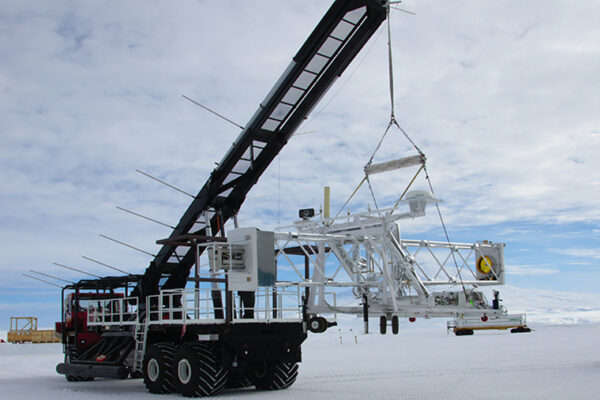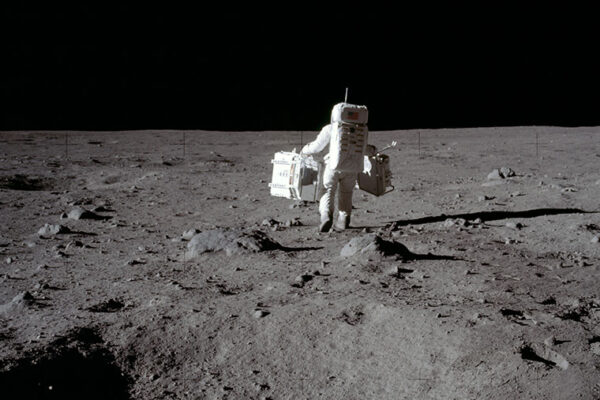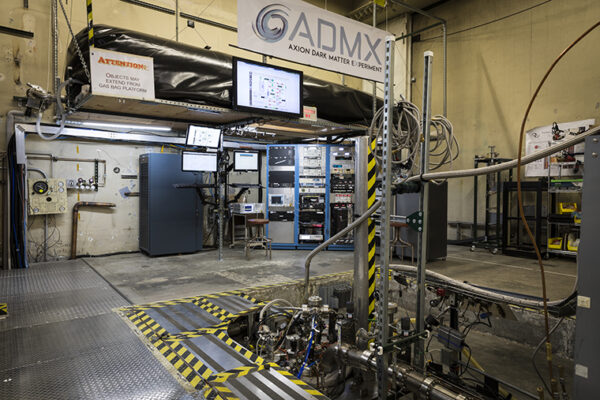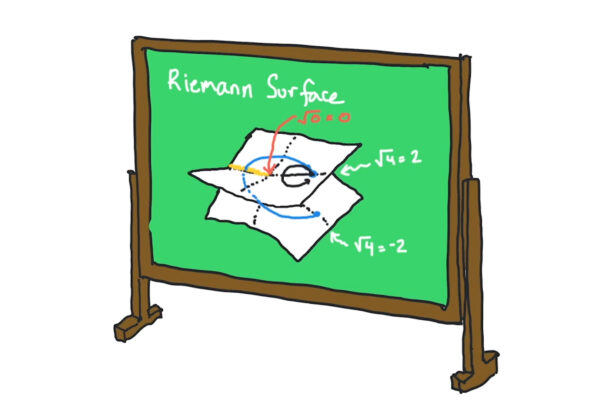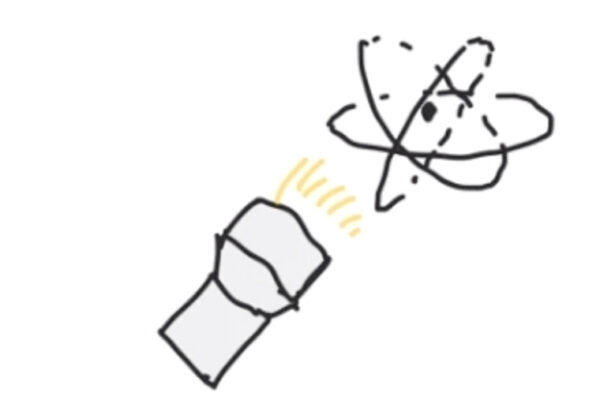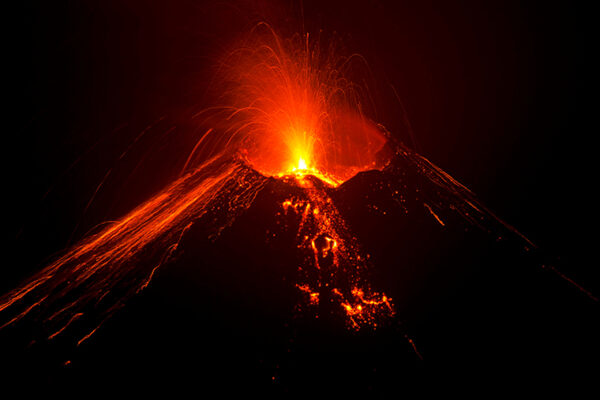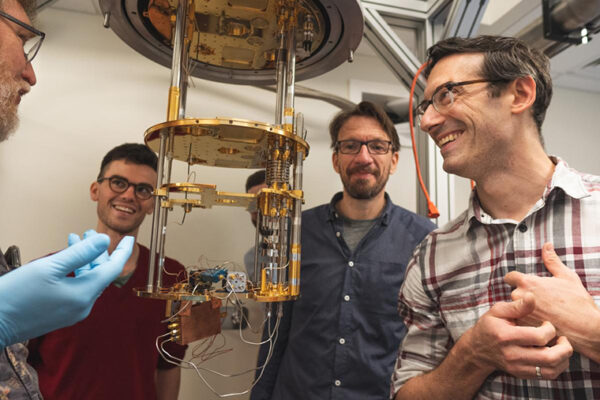What a meteorite is teaching us about space history
Presolar grains — tiny bits of solid interstellar material formed before the sun was born — are sometimes found in primitive meteorites. But a noble gas analysis from physicists in Arts & Sciences reveals evidence of presolar grains in part of a meteorite where they are not expected to be found.
Catching up with SuperTIGER, 130,000 feet above Antarctica
A balloon-borne scientific instrument designed to study the origin of cosmic rays is taking its second turn high above the continent of Antarctica three and a half weeks after its launch.
WashU physicists launch cosmic ray telescope from Antarctica
A team of Washington University in St. Louis scientists at McMurdo Station, Antarctica, successfully launched its SuperTIGER (Super Trans-Iron Galactic Element Recorder) instrument, which is used to study the origin of cosmic rays.
Supersize me: Physicists awarded $3.3M for XL-Calibur telescope
Researchers from Washington University in St. Louis will develop and deploy a new telescope designed to measure the linear polarization of X-rays arriving from distant neutron stars, black holes and other exotic celestial objects. The instrument will be flown on a minimum of two scientific balloon launches as early as summer 2021. The NASA-funded effort builds on promising results from a previous balloon-borne mission known as X-Calibur and is dubbed XL-Calibur.
Investigating water ice, space weathering on the Moon
Under a five-year, $7 million cooperative agreement led by Jeffrey Gillis-Davis, research associate professor of physics in Arts & Sciences, researchers will investigate fundamental questions at the intersection of space science and human space exploration.
DOE funds new physics research in dark matter
While evidence for dark matter is strong, the nature of dark matter has remained a mystery. James H. Buckley, professor of physics in Arts & Sciences, is part of a research team searching for axions — very light, invisible particles streaming through the cosmos.
Complex energies, quantum symmetries
New research from Washington University in St. Louis realizes one of the first parity time-symmetric quantum systems, allowing scientists to observe how that symmetry — and the breaking of it — leads to previously unexplored phenomena. These and future PT symmetry experiments have potential applications to quantum computing. The work from the laboratory of Kater Murch, associate professor of physics in Arts & Sciences, is published Oct. 7 in the journal Nature Physics.
Characterizing the ‘arrow of time’ in open quantum systems
Even in the strange world of open quantum systems, the arrow of time points steadily forward — most of the time. A video details new experiments conducted at Washington University in St. Louis that compare the forward and reverse trajectories of superconducting circuits called qubits, and find that they largely tend to follow the second law of thermodynamics. The research is published July 9 in the journal Physical Review Letters.
Water drives explosive eruptions; here’s why magmas are wetter than we thought
New research from Washington University in St. Louis provides compelling evidence that magmas may be wetter than once thought. The work led by experimental geochemists including Michael J. Krawczynski in Arts & Sciences is published in the July 2 issue of the journal American Mineralogist.
Center for Quantum Sensors tackles big questions
The university’s interdisciplinary Center for Quantum Sensors aims to harness the power of quantum mechanics to detect and decipher some of the universe’s greatest mysteries. The effort is timely as Congress recently approved a federal program supporting the development of quantum technologies.
Older Stories
